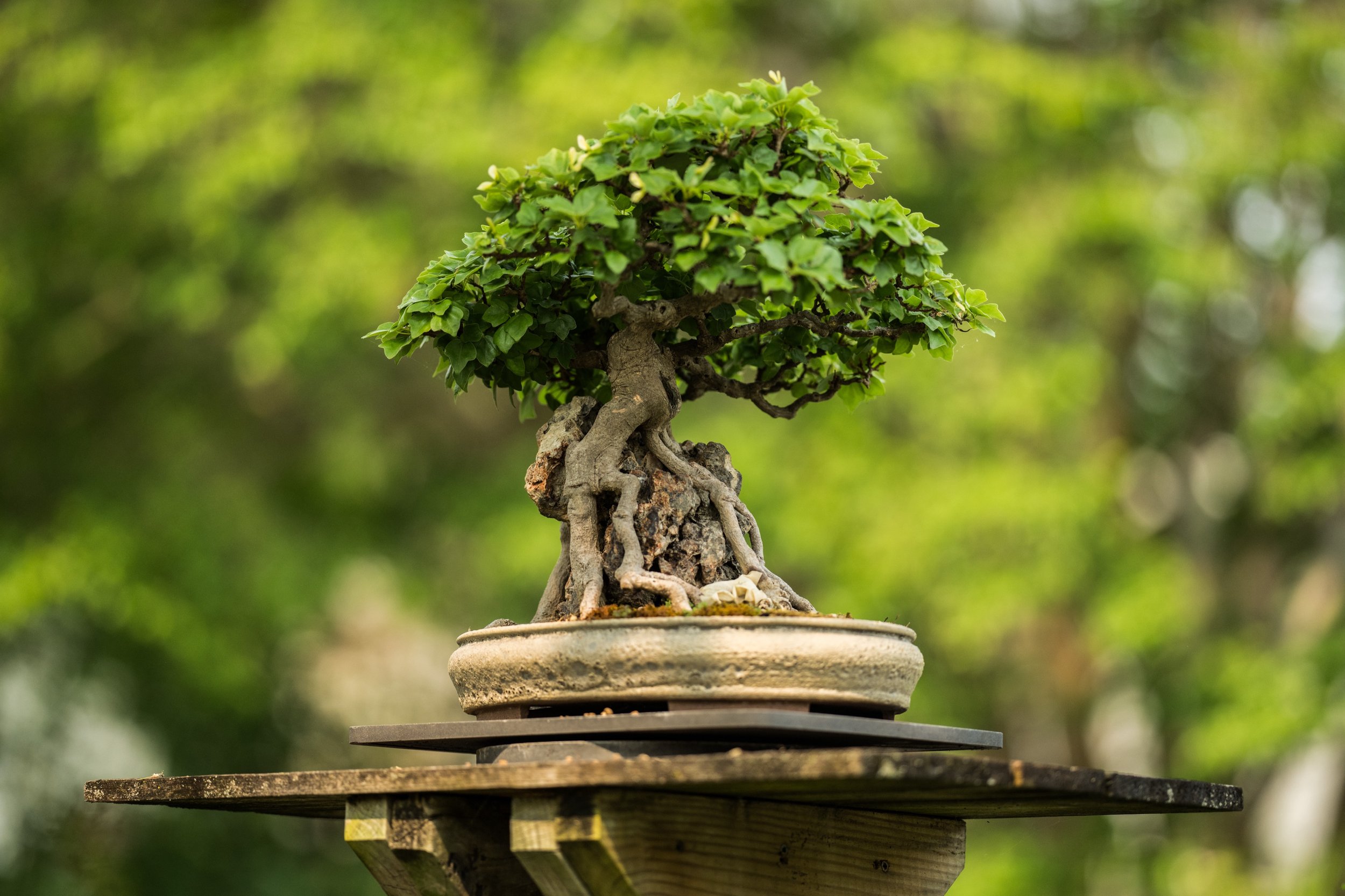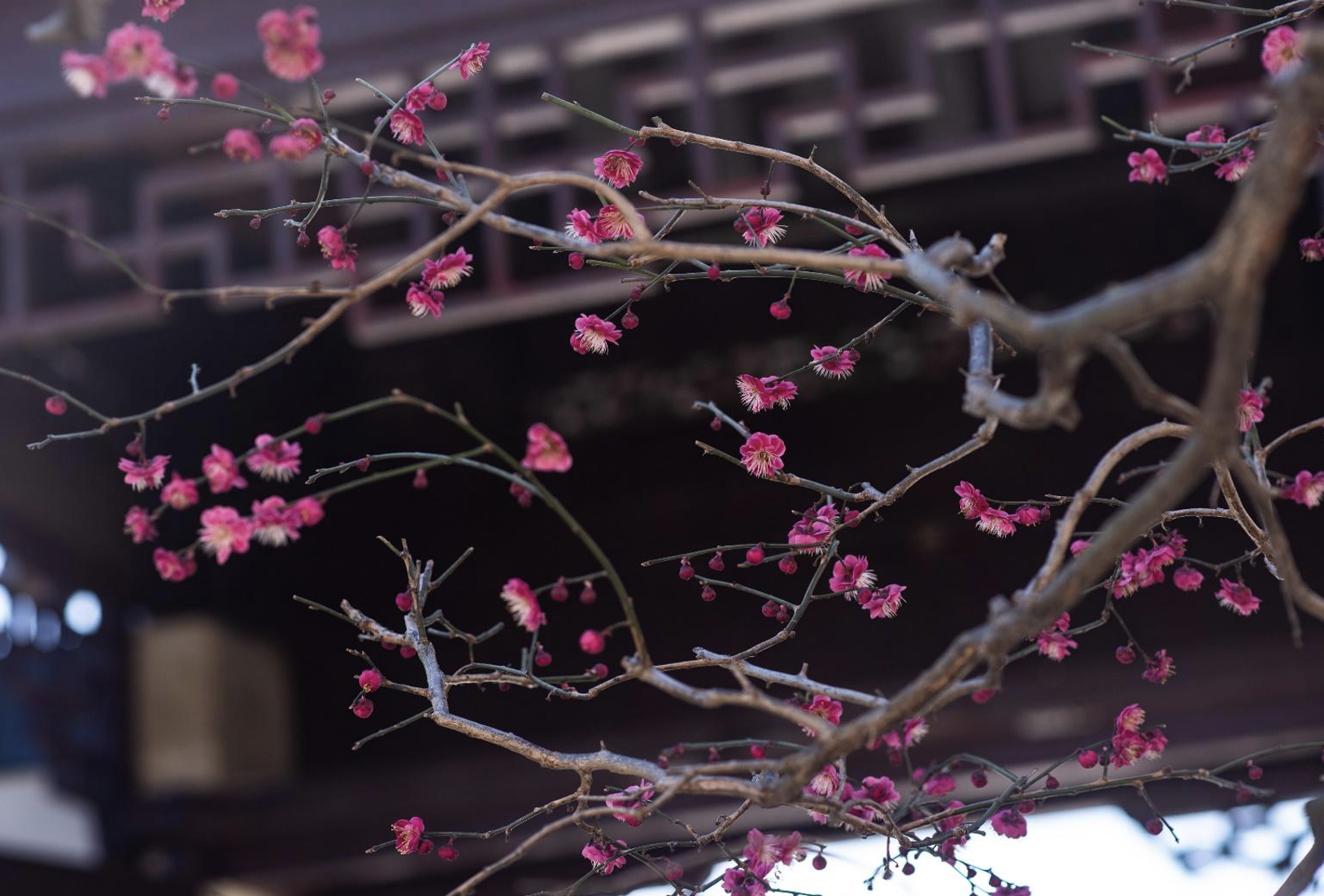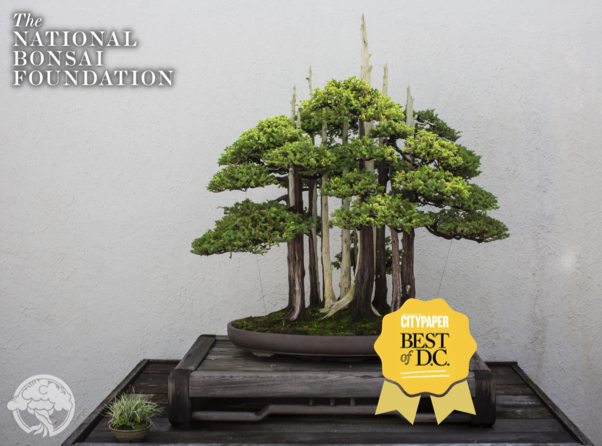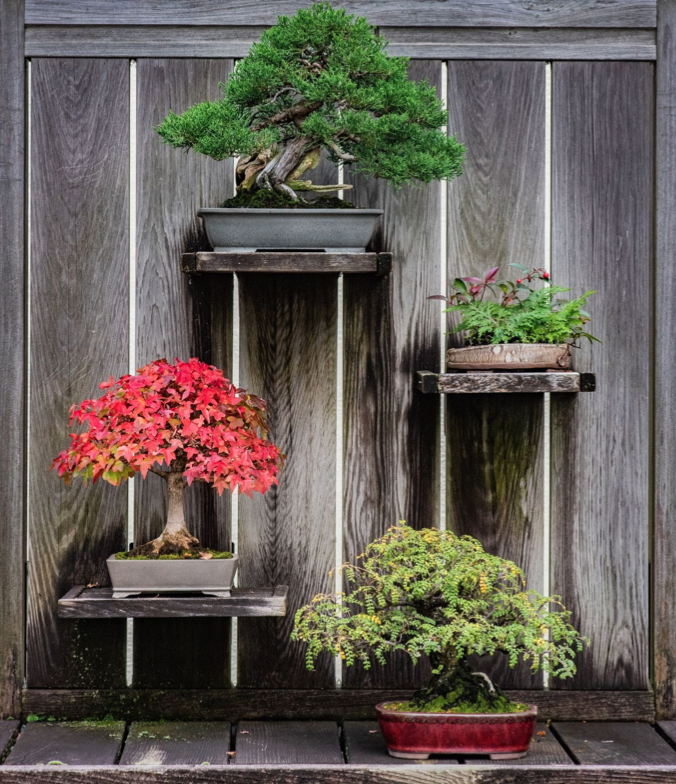The weekend of Oct. 8-11, the National Bonsai & Penjing Museum hosted the Potomac Bonsai Association’s 2021 Fall Show (PBA) at the U.S. National Arboretum. In anticipation for the event, the National Bonsai Foundation (NBF) spoke with Chuck Croft, President of PBA and ex-officio member of the NBF Board of Directors. He shared with us his expectations of the Fall Show and what to look forward to in future bonsai events.
PBA was founded by a group of bonsai enthusiasts in 1970. The Association has a long history of contributing Museum volunteers and has maintained a close relationship with both the National Bonsai Foundation and the National Bonsai & Penjing Museum over the years. In fact, during the Museum’s conception in 1976, volunteers from PBA helped to maintain Japan’s bicentennial gift of 53 bonsai to the U.S. National Arboretum, which constituted the Museum’s original collection.
“NBF, as I'm sure you’re aware, is the primary stakeholder for the Museum and PBA provides the vast majority of the volunteers at the Museum,” said Croft. “So we work with NBF in that respect and many of us are NBF members.”
PBA currently oversees seven local chapters dispersed throughout Washington, D.C., Maryland and Virginia. They prioritize bonsai education and community building by connecting mentors with bonsai practitioners at all levels.
Chuck Croft’s history with bonsai began over 30 years ago. He has been elected President of the Northern Virginia Bonsai Society twice since 1999 before eventually taking on the PBA presidency a total of four times. His long track record of leadership in bonsai is bolstered by a commitment to educating others.
“The first few years I was in bonsai I tried to learn by reading and that didn’t really help much,” Croft said. “You learn so much more and at a rapid pace as a member of a club where people can mentor you and teach, rather than trying to do it by yourself.”
Outside of his presidential duties, Croft works to mentor others through in-person study groups, some of which last years. He also teaches classes and workshops such as the ones he was invited to do at Merrifield Garden Center.
Croft is looking forward to the Fall Show as an exciting in-person opportunity to gather bonsai enthusiasts and reinvigorate local bonsai activity.
“This fall show is an effort to get things moving in the bonsai world locally again,” he said. “We are going to show trees and have people there to answer questions and teach - socially-distanced - about the trees.”
For those who couldn’t attend the event, Croft has some practical advice.
“Learn about the horticulture of your tree,” Croft said. “Different species of trees have different requirements, as in watering and sunshine and so forth. Learn the horticulture of your tree and you will increase the chances of you keeping your tree alive.”
Croft acknowledges that perseverance and reflection, beyond community engagement, are necessary to become a better bonsai practitioner.
“If you lose a tree, know that we all have,” he said. “Don’t get discouraged. Learn from how you lost it. Everybody in bonsai has lost trees.”
Despite the losses, Croft continues to maintain the legacy of bonsai through his work at PBA and his generous commitment to hands-on teaching.
“I enjoy it,” Croft said. “It helped me when I was in a very stressful situation. I think the trees are beautiful and I’ve always enjoyed the outdoors. It brings me back to my roots in a lot of ways.”
The Potomac Bonsai Association’s Fall Show will be held Oct. 8-11 at the National Bonsai & Penjing Museum located at the U.S. National Arboretum in Washington, D.C., from 10 a.m. to 4 p.m. each day. Join us this weekend to admire the work of fellow bonsai enthusiasts from the D.C. metropolitan area.
Thank you to the PBA volunteers and Museum staff that made this event possible. Event staff estimate that over 1,000 attendees came to admire the work of fellow bonsai enthusiasts from the D.C. metropolitan area.
Readers interested in joining a local PBA chapter can visit potomacbonsai.com to learn more.


























